Roofing is the finishing touch in every house construction. Rooftop structure plays the main role in this complex work. Therefore, the proper placement of the structure affects the rigidity, strength and appearance of the roof. Today, there are a lot of materials to use for rooftop covering. And how can you make a roof on your house – we will try to explain in a few simple steps.
Page Contents
Types Of Roofs
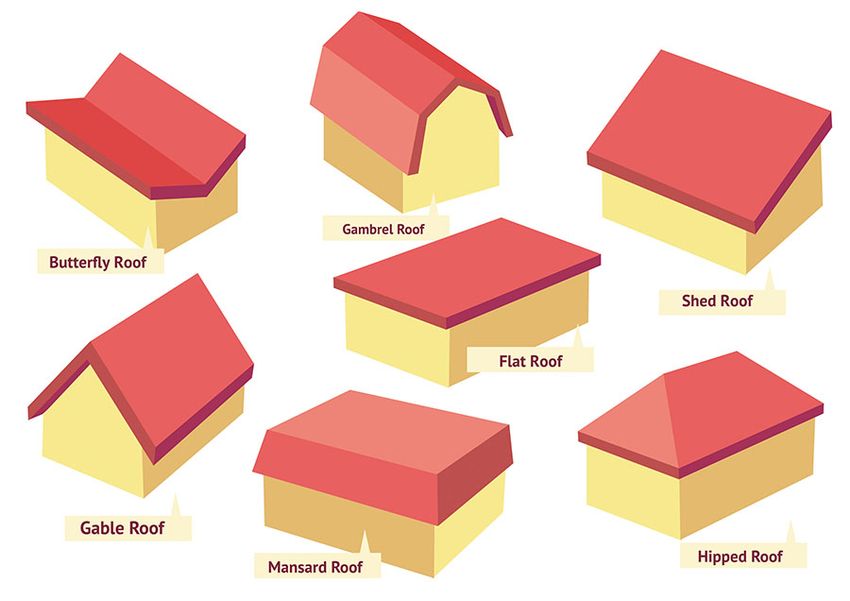
source:modernize.com
A roof is a structural element that gives your home a unique look. The possibilities for building this structural element are almost endless. And if the owners decide to build the rooftop themselves – then the ideas and options can be even greater! The most common are flat and sloping roofs. Let’s stop now and consider some of these options.
Flat Rooftops

source:modernize.com
We can find similar rooftops on residential buildings and are not that common when building homes. Its construction usually depends on the weight and thickness of the snow cover during winter. In such situations, we must consider the material – mostly because it would have to bear the hours of snow, and its own weight. The difficulty of its construction lies in the fact that the construction of a flat rooftop requires using a crane and special construction equipment.
The flat rooftop is lined with extra abrasion-resistant material and with proper installation will last for 15 years without major repairs. The exceptions are the exploited flat roofs that house all kinds of green spaces or even active playgrounds. The exit is common on such rooftops, as on a terrace. However, it is not always possible to build such a rooftop on your own – because it requires too much of a precise calculation.
Classic Residential Rooftops

source:landlordnews.co.uk
Construction of such rooftops of different shapes and angles is widespread with house construction. The simplest option is a cavity roof. One retaining wall was made higher than the other by the angle of the roof, then a wooden frame and roofing material were installed.
Depending on the distance between the supports – it is common to choose the shape of the frame. This pattern does not look very representative, although it is popular in some parts of the private sector due to low cost of rooftop construction. But the most common solution is a gable end structure, whose appearance varies and depends on the angle of inclination.
Roofing Procedures – Step By Step
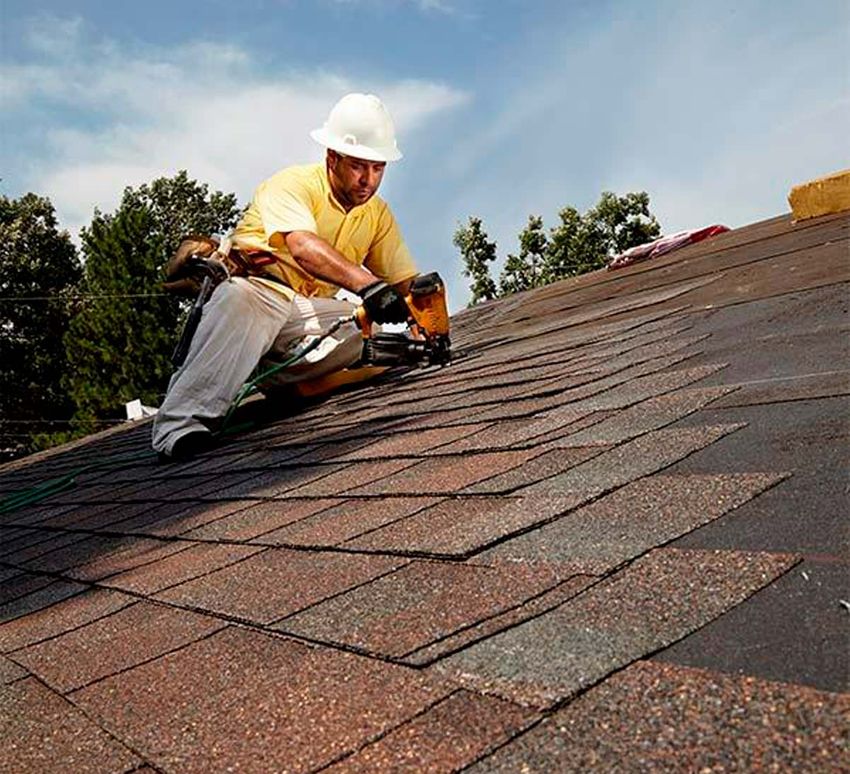
source:familyhandyman.com
You can make the rooftop yourself. However, if you are not sure, it is always better to work with professionals, according to hawaii-roofing.com. Installing a new roof is a big investment. Therefore, when you replace it – you want it to be done quickly, conveniently and as painlessly as possible.
1. Making A Construction Project

source:technologyadvice.com
Before starting this work, you must make a detailed drawing of the future construction. That will allow you to determine the required amount of construction material and prepare the necessary tools. Rooftops can be sloped, leaning in only one direction, gable and more complex structures (hyper, hipped and steeple-shaped).
2. Choice Of Roofing Material
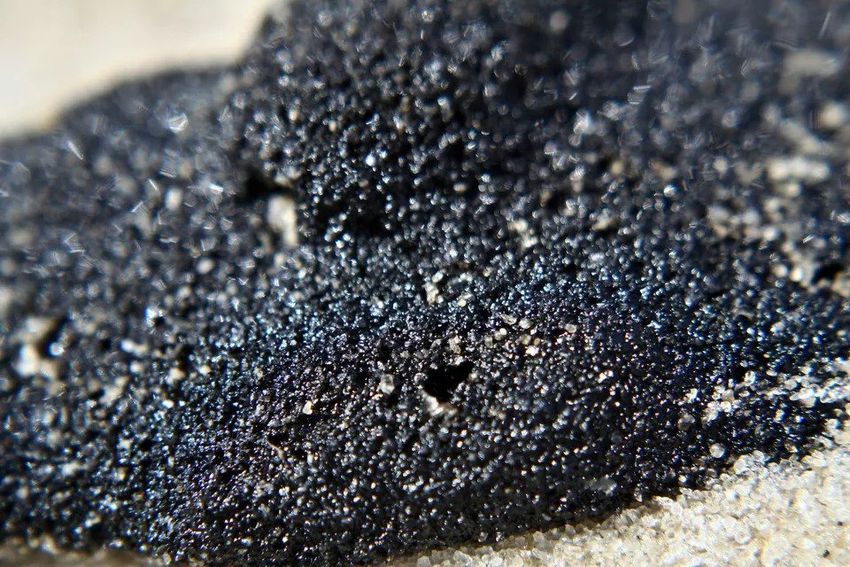
source:thespruce.com
The diversity of the roofing material must be determined at the design stage, as the construction of the roof requires compliance with all the parameters specified in the design – without exception. The variety of such materials allows you to choose the one that suits the composition, appearance and price category.

source:thespruce.com
3. Frame Mounting
As a rule, the skeleton of the roof structure is executed step by step in strict order. There are two ways to set the horns. Experts advise adherence to such rules. To save money, the roof structure system is installed on walls that are in different planes. This way you can avoid unnecessary expense on wood and wooden beams. But it is important that one side of the wall is 20 degrees higher than the other. It is then left to place the uneven bars on the chassis and bring out the rooftop construction.
Designing a roof using the right material from Lakeside Hire is one of the most important steps in the design process and is crucial to the performance of all types of buildings.
4. Installation Method
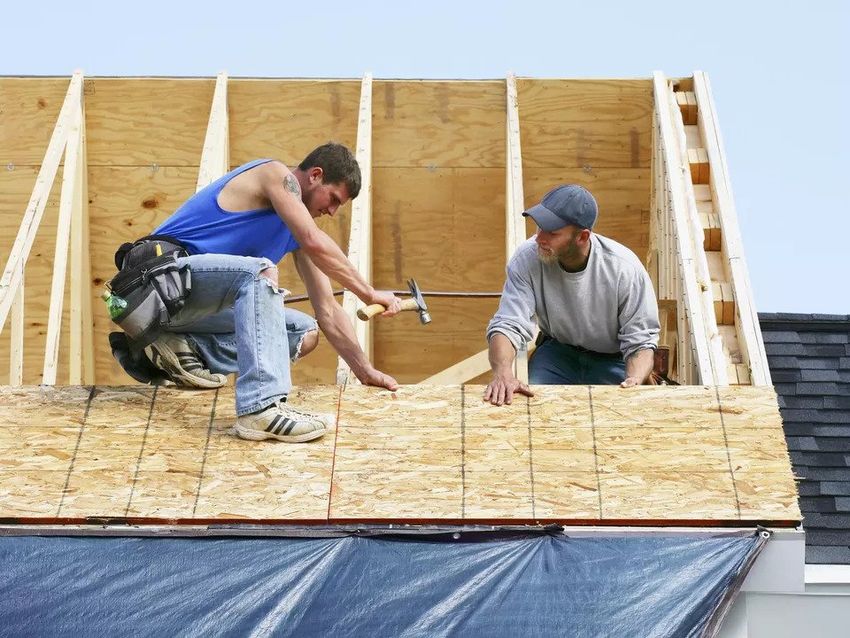
source:thespruce.com
In any case, the installation method chosen will not affect the life of the carrier frame. Therefore, it all depends on the taste of the owner. As a rule – the bars are mounted on auxiliary springs and shelves. Their number depends on the following factors:
- mass of beams
- type of roofing
- length of horns
- degree of slope of the roof
- type of thermal insulation material
Therefore, all the subtleties need to be taken into consideration, since you will need to make additional reinforcements for a heavy rooftop.
5. Installation Procedure
The entire system is installed on Mauerlat – this is the main element of the roof. Do it this way: Take the beams and place them on the surface of the bearing walls. Mounting can be done by anchoring or wire. At the junction points, corners and metal plates are attached. It is important to secure the structure securely, as the entire rooftop structure will stand on Mauerlat. You can find more information on Camerotile.com.
6. Roof Lining
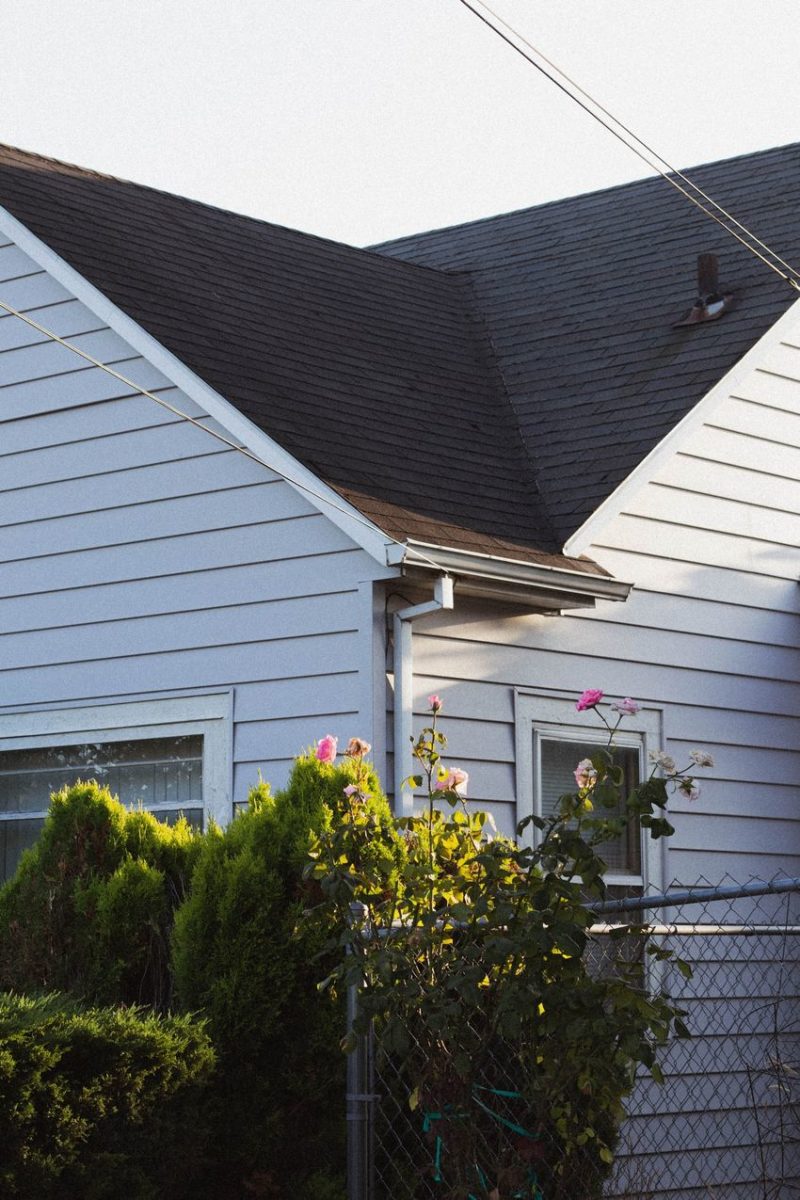
source:unsplash.com
The lining is not only the base for the roof but also gives rigidity to the structure. The distance between the panels is also made depending on the type of roofing material. To increase the lifespan of the rooftop construction, wood beams trimming is sometimes required. Special impregnations apply for that purpose. In the case of an attic room layout – the window holes should be made.
7. Laying Insulation
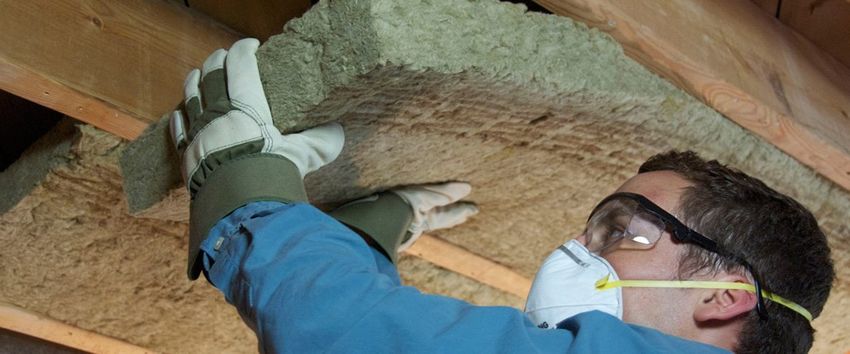
source:ecohome.net
A warm roof allows you to save money on heating your home. Today, almost all roofs are made to be warm. Mineral wool heaters and sheets are used as insulation. Please note that the insulation material must be resistant to water, freezing and do not emit harmful substances and smells. Roof insulation is installed in the space between the beams. Various insulating materials can be used for this purpose. The insulation is cut to the required size but must have a so-called interracial distance. This will ensure that the material is fixed “in place”.
8. Installation Of The Roof
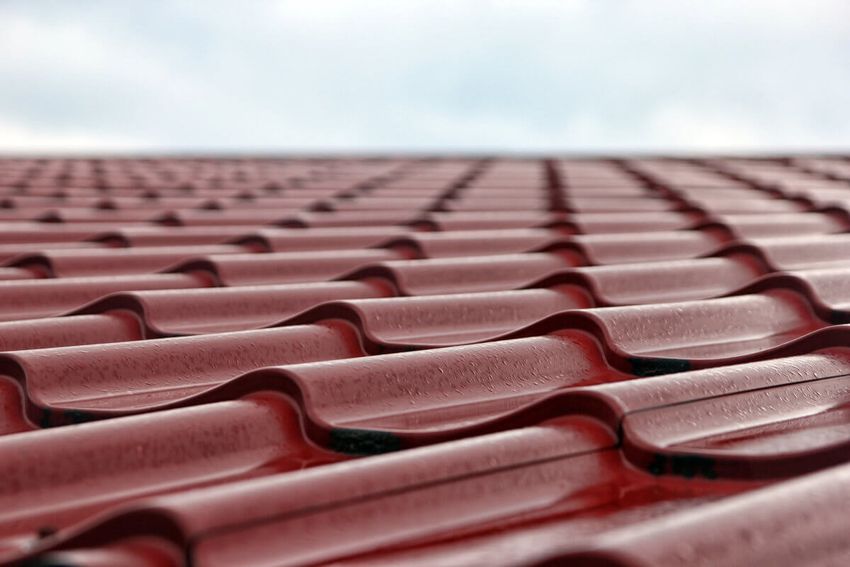
source:modernize.com
This involves installing roofing material. Of all the available rooftop material – metal tiles or corrugated boards are in high demand, but there are also other materials you can use depending on the type of the rooftop, type of house, climate and weather conditions. Material fixation is usually carried out by standard technology. The leaves are laid from the bottom up. At the points of their connection, the joint is fixed. If the roof does not have a complex shape – even a beginner will be able to work on the roof.





